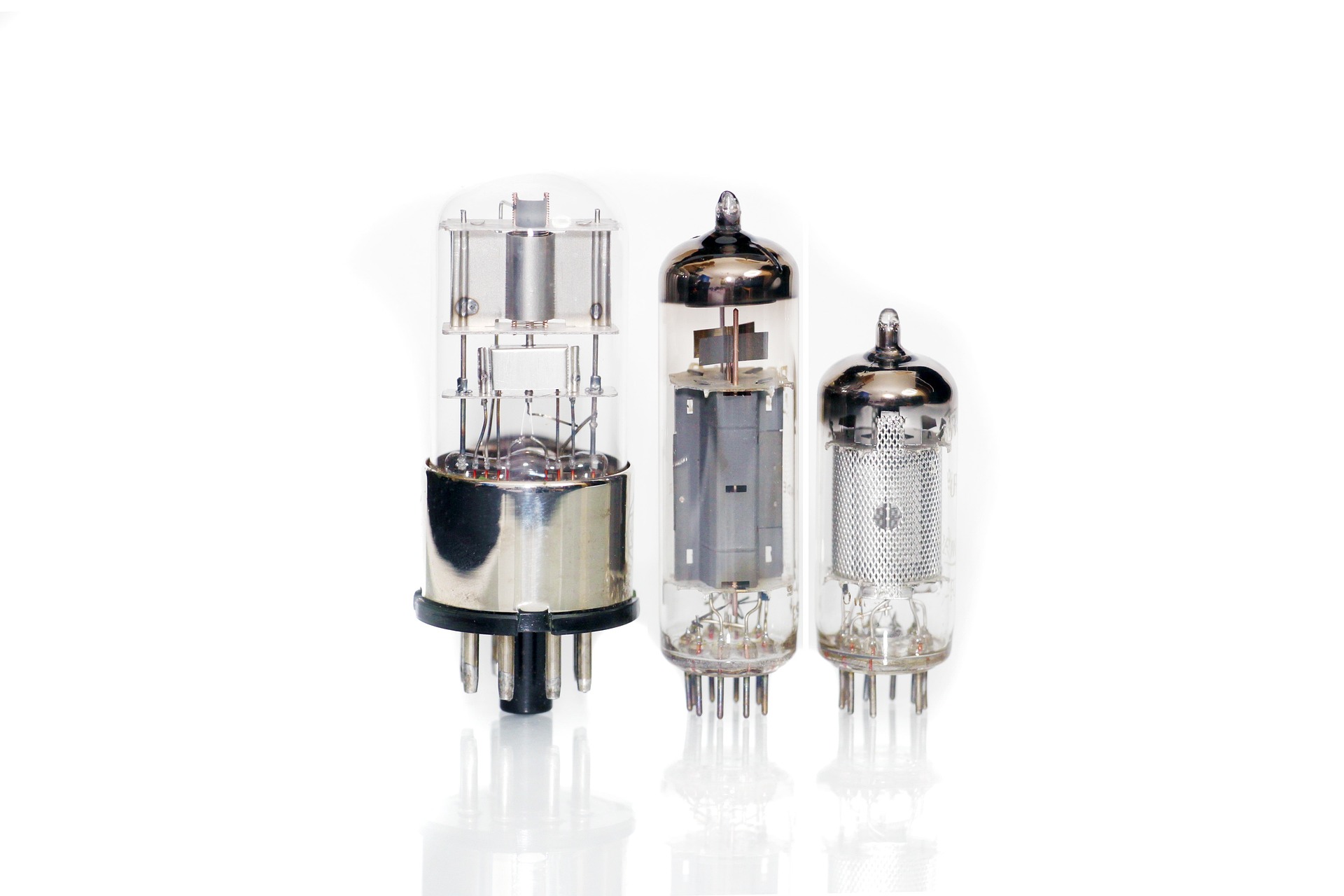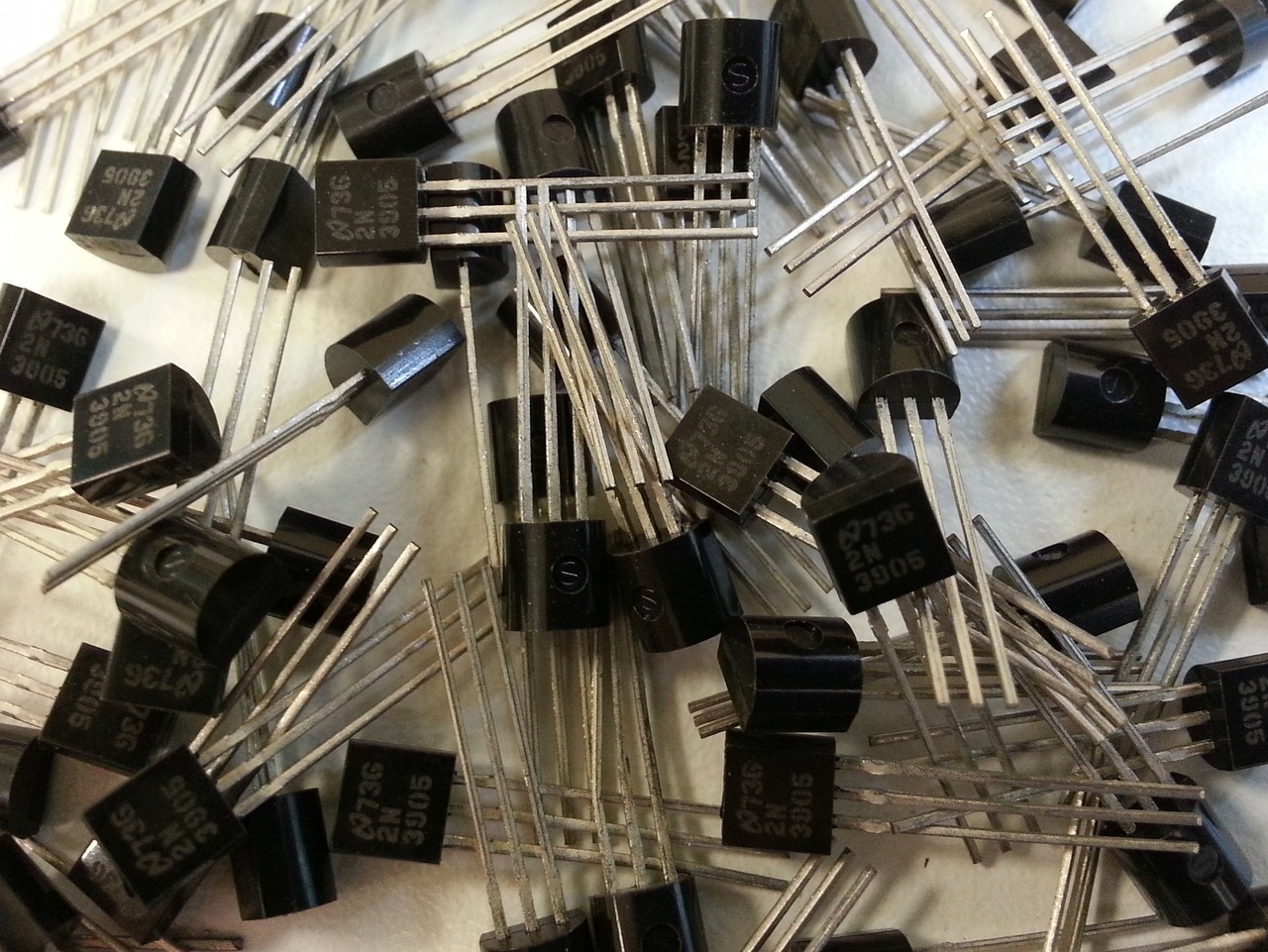Electron valves, also known as vacuum tubes, were the cornerstone of early electronic devices. They were invented in the late 19th century by Thomas Edison, who discovered that a current could flow between a heated filament and a metal plate within a vacuum. This simple principle led to the development of a wide range of electronic devices, including radios, televisions, and computers.
The operation of electron valves involved controlling the flow of electrons between the filament and the plate. This was achieved by applying a voltage to a control grid placed between the two. By varying the voltage on the control grid, the amount of current passing through the valve could be regulated, allowing for amplification and switching functions.
While electron valves were a significant technological breakthrough, they had several drawbacks. They were large, heavy, and consumed a lot of power. Additionally, they were prone to failure due to the delicate nature of their internal components. These limitations paved the way for the development of transistors, a solid-state device that could perform similar functions to electron valves but with far superior efficiency and reliability.
Transistors were invented in the mid-20th century and quickly revolutionized the electronics industry. They are made from semiconductor materials, such as silicon, and consist of three layers: a p-type layer, an n-type layer, and a p-type or n-type layer. By controlling the flow of current between these layers, transistors can be used to amplify signals, switch circuits, and perform a wide range of other electronic functions.
Today, transistors are the fundamental building blocks of almost all electronic devices. They are used in everything from smartphones and computers to televisions and cars. The miniaturization of transistors has enabled the creation of incredibly powerful and compact electronic systems.


